Latest Thread
You are using an out of date browser. It may not display this or other websites correctly.
You should upgrade or use an alternative browser.
You should upgrade or use an alternative browser.
TR Industry, Science and Technology
- Thread starter Cabatli_TR
- Start date
The world's first full-powered generators with biodiesel were produced in Turkey
I recall we built a domestic processor, but do we have any chip production domestically ? I hope chip issue won’t hit us as YA predicts.
as i know, Turkey invested 1+billion in Malesia.. you need specific metals to make it and only Malesia got it in Muslim world..
I recall we built a domestic processor, but do we have any chip production domestically ? I hope chip issue won’t hit us as YA predicts.
Once we discuss the reasons for Turkey's internet infrastructure is poor with some friends in this forum. I think one of the biggest reasons for this is satellite insufficiency. The newly signed Ka Band National Satellite Communication HUB System and Modem Development Project by ASELSAN gives clues about the importance of the subject. Of course, it is necessary to see the effect of satellites on internet speed. ASELSAN's project demonstrates this connection concretely. However, I think the technical part of the work includes different aspects, of course.
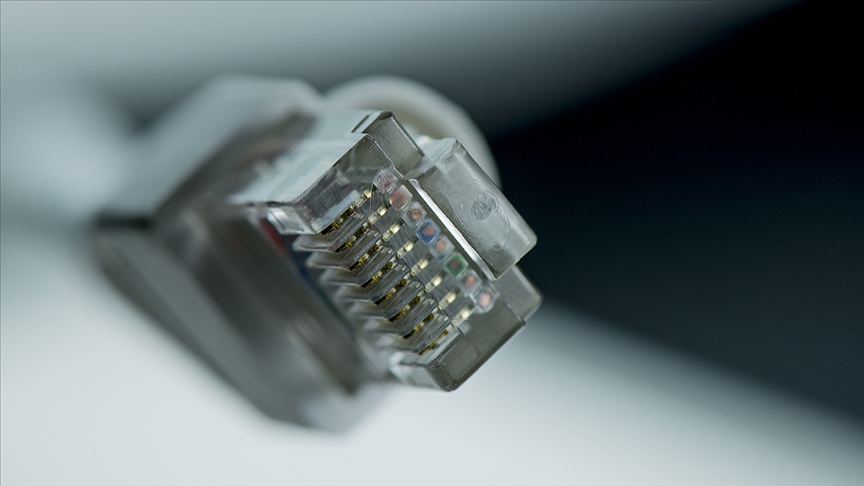
 www.aa.com.tr
www.aa.com.tr
@anmdt

Türkiye'nin 'HUB sistemi ve modemlerde' dışa bağımlılığının azaltılması hedefleniyor
Türksat ve ASELSAN iş birliğiyle yürütülen projeyle kurulacak uçtan uca entegre sistemle de uydulardaki data trafiği daha güvenilir hale getirilecek. - Anadolu Ajansı
@anmdt
Last edited:
The giant telescope moves towards the Eastern Anatolia Observatory(DAG)
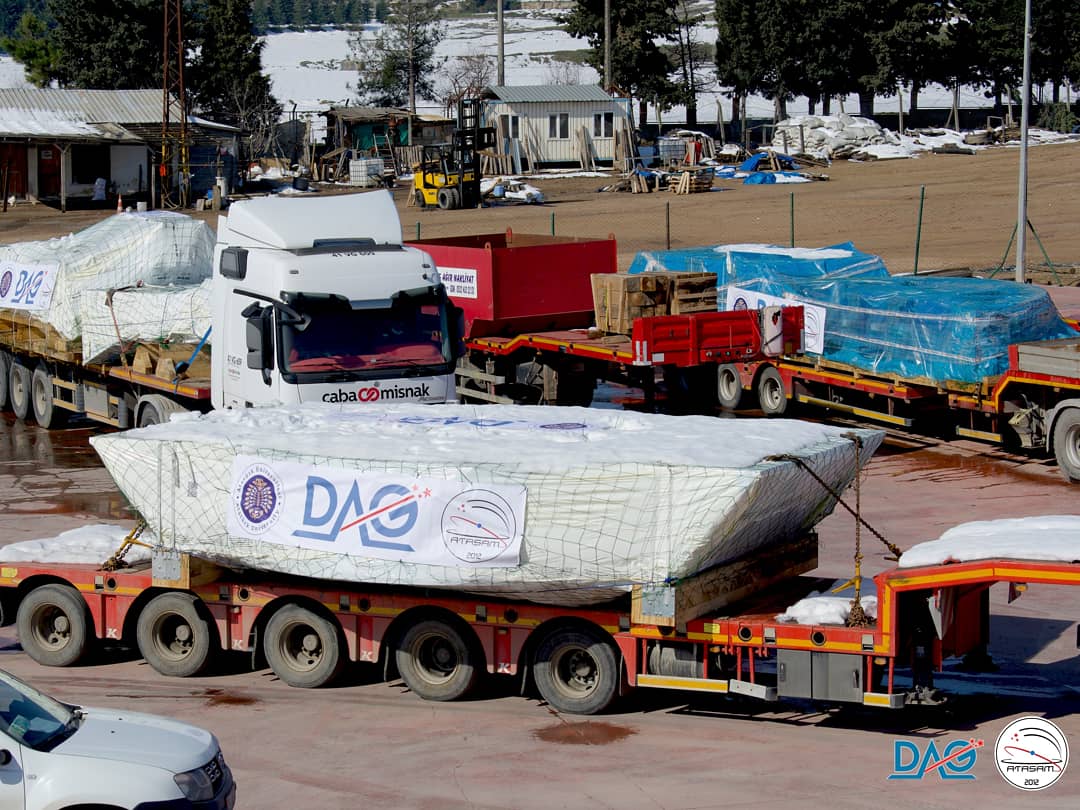
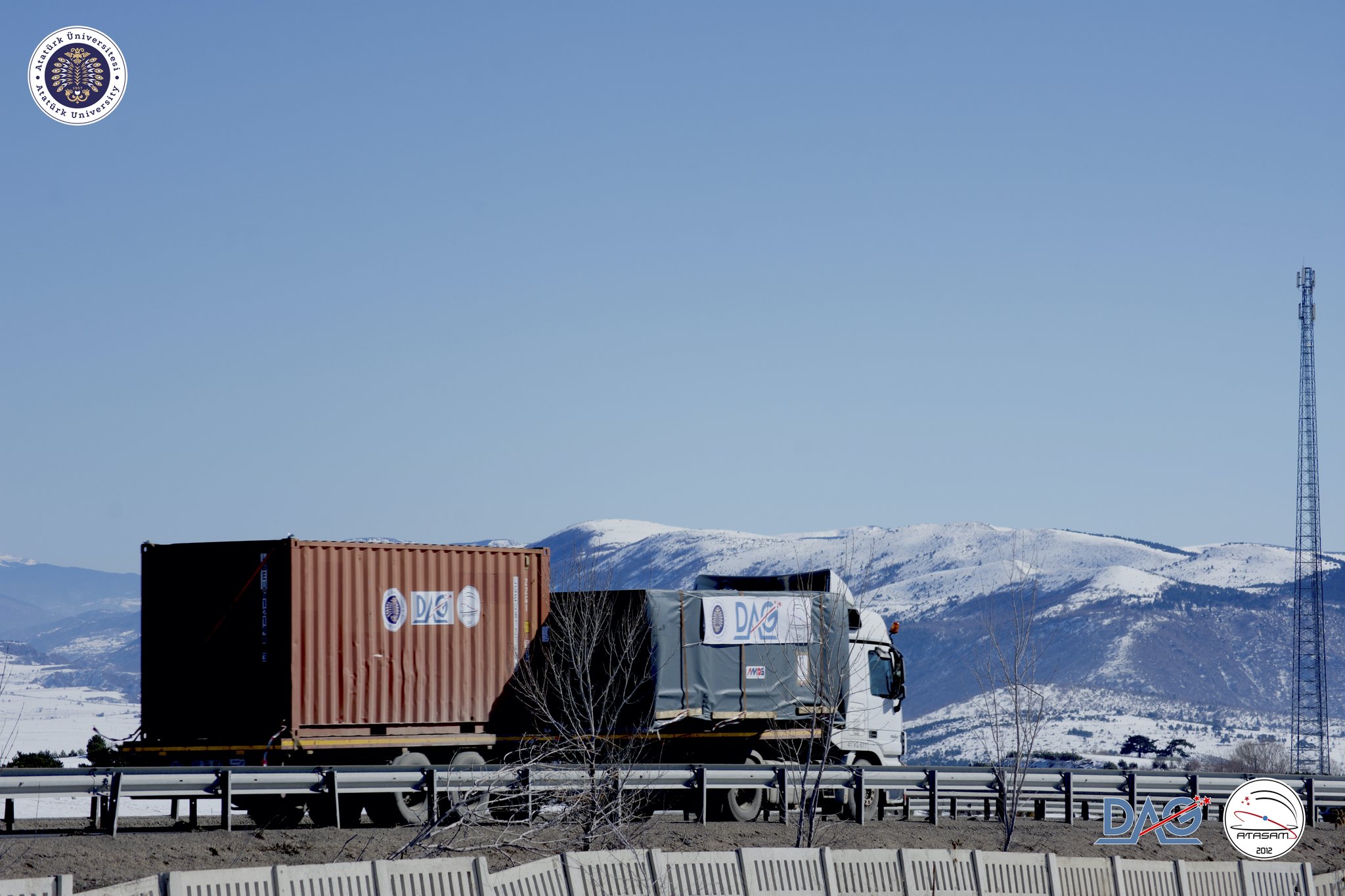
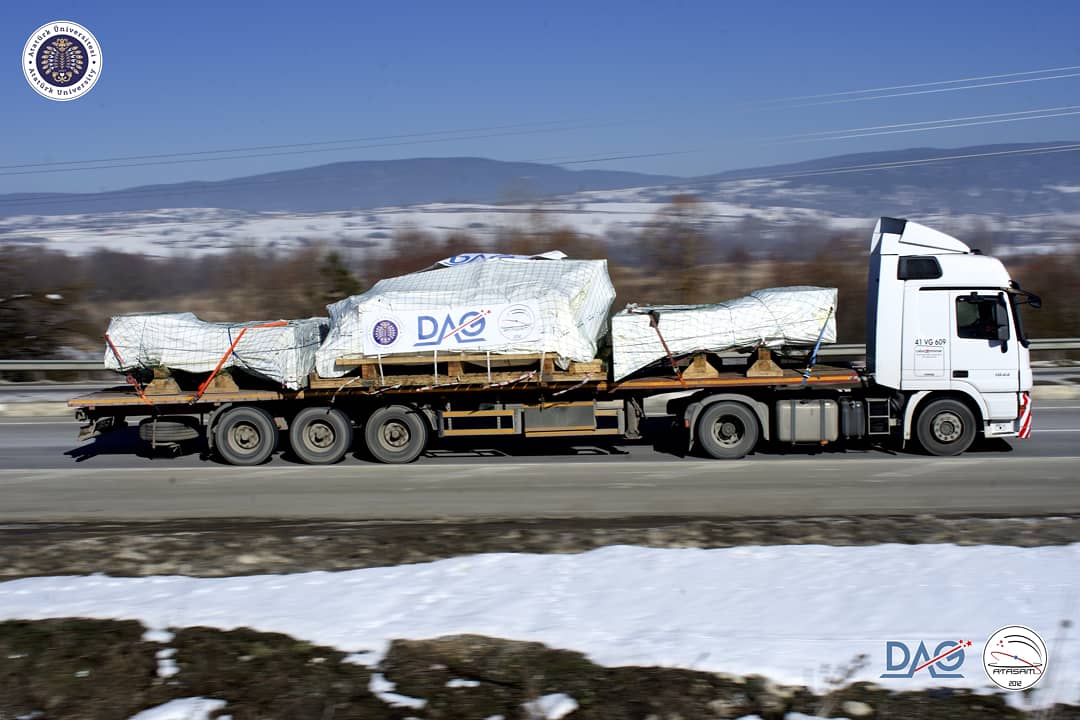



Yes, Turkey does have some semiconductor manufacturing capabilities. For Current local manufacturing capabilities I added a List from SSB document. In this same SSB document It suggest, We should invest 500m$ for IC/Semicondoctor capabities (130-90-65 nm CMOS and SiGe Nodes). Last Year We heard, There is Presidential Support for Nero Industries’ Investment to End Foreign Dependency in Semiconductor Sensors. This Nero Induestries invesment happens to worth 14 B TL / 1,5 B $ . So 45nm MOSFET or even 32 nm nodes are possible with This budget.
SSB document suggesting We should invest into Semiconductor Manufacuring about 500m$:
Our Current Capabilities according to SSB (from 2020 April document):
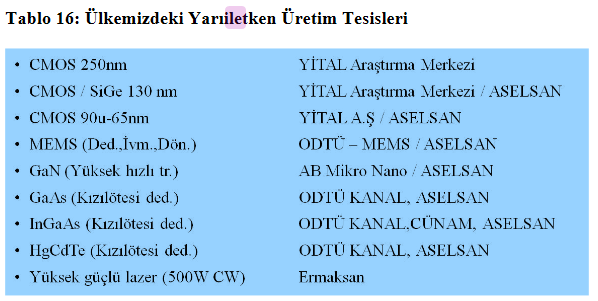
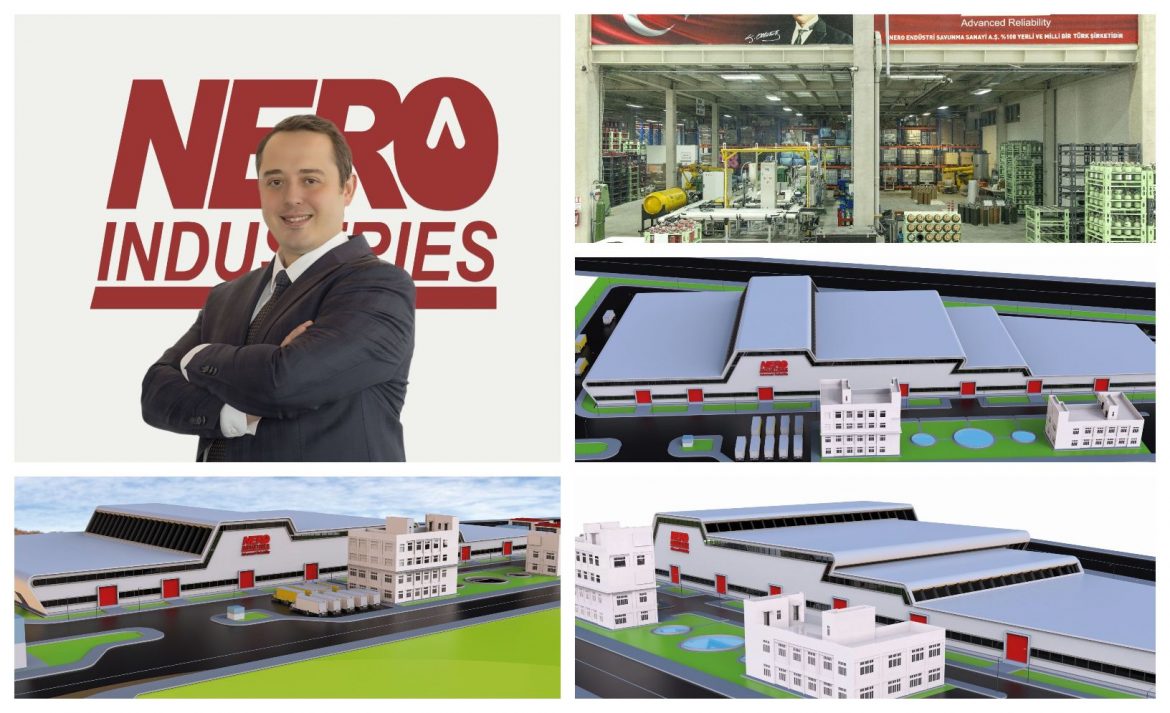
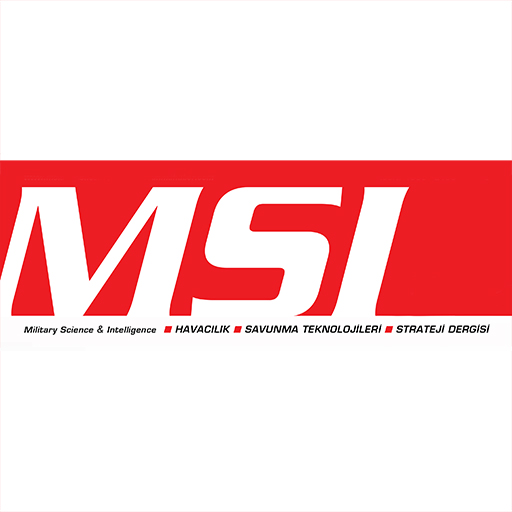 www.savunmahaber.com
www.savunmahaber.com
SSB document suggesting We should invest into Semiconductor Manufacuring about 500m$:
Bunun yanında yaklaşık 500M USD yatırımla 130-90-65nm dolayında teknolojiye dayalı bir CMOS / SiGe tümdevre üretim evi kurulmalıdır (Bkz. Şekil 4). Pazarın %15’ine hitap eden bu yatırımla savunma, otomotiv, endüstriyel elektronik, güç elektroniği ve sağlık alanlarına yönelik ve “fabless” mantığıyla çalışan tasarım evlerinde tasarlanan tümdevreleri üretilmelidir. SiGe ile, yüksek frekans (radar), görünür dalga boyu görüntüleme duyargaları; CMOS MEMS ile ivmeölçer, dönü duyargası, kızılötesi detektörler hedeflenmektedir.
Our Current Capabilities according to SSB (from 2020 April document):


Presidential Support for Nero Industries’ Investment to End Foreign Dependency in Semiconductor Sensors | savunmahaber.com
With the decree no.2443, dated 21 April, signed by President Recep Tayyip Erdoğan; Nero Industries’ planned 1.6 billion lira investment in the field of semiconductor sensor production has been…
Last edited:
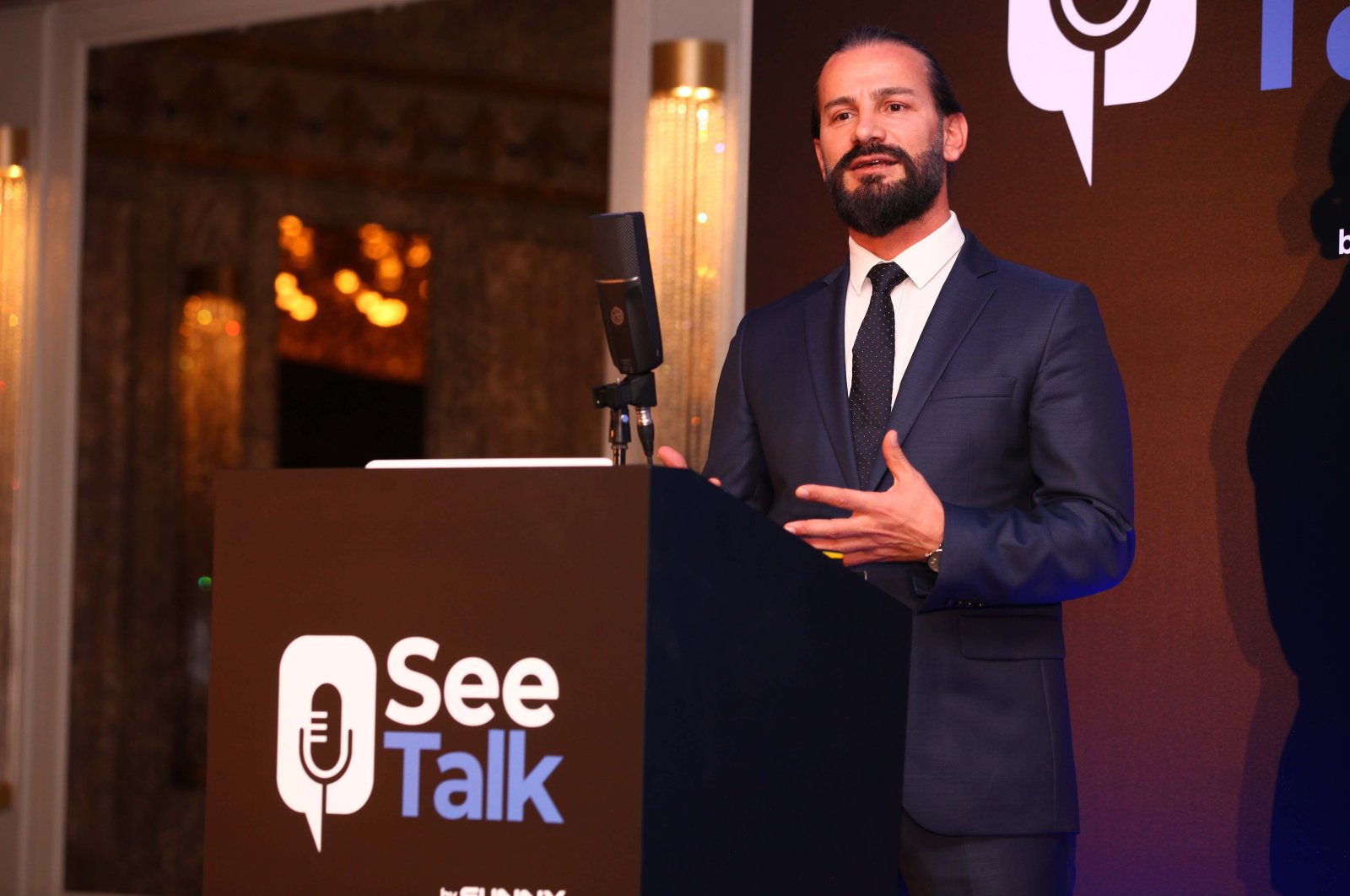
Turkish firm Sunny combines prompter, microphone tech in 'SeeTalk'
One of Turkey’s biggest large-scale consumer technology brands, Sunny, unveiled its new product Wednesday in a launch dubbed a first worldwide in terms...
Anyone knows this, is it an app that can be downloaded and used, it sounds like a device that can be bought.
So there is 65nm already. This is something but still far away from the oldest still in the market smartphone chip lithography of 28nm. The current PC chip lithography is 14nm with 5nm Apple chip already powering the latest CISC Apple macbook. 8 years down the road when we are ready to put our MMU in the production line we should have advanced to 14nm tech at the least to have a respectable compute power for AI.Yes, Turkey does have some semiconductor manufacturing capabilities. For Current local manufacturing capabilities I added a List from SSB document. In this same SSB document It suggest, We should invest 500m$ for IC/Semicondoctor capabities (130-90-65 nm CMOS and SiGe Nodes). Last Year We heard, There is Presidential Support for Nero Industries’ Investment to End Foreign Dependency in Semiconductor Sensors. This Nero Induestries invesment happens to worth 14 B TL / 1,5 B $ . So 45nm MOSFET or even 32 nm nodes are possible with This budget.
SSB document suggesting We should invest into Semiconductor Manufacuring about 500m$:
Our Current Capabilities according to SSB (from 2020 April document):


Presidential Support for Nero Industries’ Investment to End Foreign Dependency in Semiconductor Sensors | savunmahaber.com
With the decree no.2443, dated 21 April, signed by President Recep Tayyip Erdoğan; Nero Industries’ planned 1.6 billion lira investment in the field of semiconductor sensor production has been…www.savunmahaber.com
On the other side 5 kW single module laser was already announced to be a thing in Turkey.
Recent NASA Perseverance mission is powered by 23 years old IC. Most military and space projects are powered by old and proven processes and designs in most of their sub systems. So these nodes can fulfill all of our military, automotive and even home appliance needs.So there is 65nm already. This is something but still far away from the oldest still in the market smartphone chip lithography of 28nm. The current PC chip lithography is 14nm with 5nm Apple chip already powering the latest CISC Apple macbook. 8 years down the road when we are ready to put our MMU in the production line we should have advanced to 14nm tech at the least to have a respectable compute power for AI.
On the other side 5 kW single module laser was already announced to be a thing in Turkey.
Combat-Master
Baklava Consumer
At the Cappadocia Technopark in Nevşehir Hacı Bektaş Veli University campus, scientists have produced a mixture of titanium, boron and carbon that prolongs the barrel life of weapons.
For those who speak Turkish, the Podcast prepared by Arda Mevlütoğlu is like medicine.So there is 65nm already. This is something but still far away from the oldest still in the market smartphone chip lithography of 28nm. The current PC chip lithography is 14nm with 5nm Apple chip already powering the latest CISC Apple macbook. 8 years down the road when we are ready to put our MMU in the production line we should have advanced to 14nm tech at the least to have a respectable compute power for AI.
On the other side 5 kW single module laser was already announced to be a thing in Turkey.
The difference between ASIC and FPGA architecture in microleketronics emerges here. FGPA architecture is used in the defense industry. FGPA Technology is simpler. It is also cheaper.
FPGA vs ASIC: Differences between them and which one to use? | Numato Lab Help Center
FPGA Vs ASIC: Differences Between Them And Which One To Use? Introduction For a person new to the field of VLSI and hardware design, it’s often one of the very first questions: What’s the difference…
 numato.com
numato.com
Intel explained in detail the use of FPGAs in the defense sector according to their subjects.
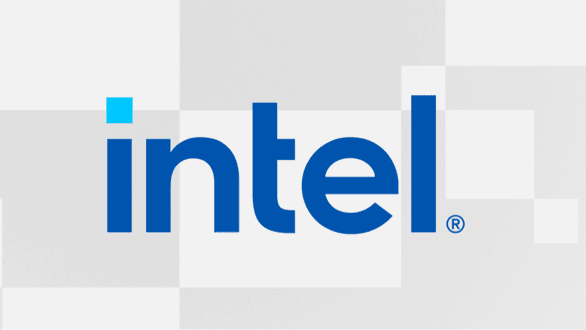
FPGA for Military Applications - Intel® FPGA
FPGAs for military applications from Intel provide a solution for high-performance data processing, wide bandwidth, and adaptive system challenges.
Here, all kinds of products from Intel's defense sector, from Sonars to Radars, Electronic Warfare applications to SIGINT solutions, are shared individually on both technology and component basisFor those who speak Turkish, the Podcast prepared by Arda Mevlütoğlu is like medicine.
The difference between ASIC and FPGA architecture in microleketronics emerges here. FGPA architecture is used in the defense industry. FGPA Technology is simpler. It is also cheaper.
FPGA vs ASIC: Differences between them and which one to use? | Numato Lab Help Center
FPGA Vs ASIC: Differences Between Them And Which One To Use? Introduction For a person new to the field of VLSI and hardware design, it’s often one of the very first questions: What’s the difference…numato.com
Intel explained in detail the use of FPGAs in the defense sector according to their subjects.

FPGA for Military Applications - Intel® FPGA
FPGAs for military applications from Intel provide a solution for high-performance data processing, wide bandwidth, and adaptive system challenges.www.intel.com

FPGA Military, Aerospace, and Government Applications and Design |...
Intel and its partners offer a wide range of tools to help you resolve common challenges for military designs and significantly shorten your design cycle.
Space conditions require hardy chips against cosmic radiation, so they will have to do more with less compute power. But when you want to use AI on the fly you want it quick to employ more brains before taking action. There are trade-offs between reliability and quick response power and both has its place in different applications.Recent NASA Perseverance mission is powered by 23 years old IC. Most military and space projects are powered by old and proven processes and designs in most of their sub systems. So these nodes can fulfill all of our military, automotive and even home appliance needs.
E
ekemenirtu
Guest
Yes, Turkey does have some semiconductor manufacturing capabilities. For Current local manufacturing capabilities I added a List from SSB document. In this same SSB document It suggest, We should invest 500m$ for IC/Semicondoctor capabities (130-90-65 nm CMOS and SiGe Nodes). Last Year We heard, There is Presidential Support for Nero Industries’ Investment to End Foreign Dependency in Semiconductor Sensors. This Nero Induestries invesment happens to worth 14 B TL / 1,5 B $ . So 45nm MOSFET or even 32 nm nodes are possible with This budget.
SSB document suggesting We should invest into Semiconductor Manufacuring about 500m$:
Our Current Capabilities according to SSB (from 2020 April document):


Presidential Support for Nero Industries’ Investment to End Foreign Dependency in Semiconductor Sensors | savunmahaber.com
With the decree no.2443, dated 21 April, signed by President Recep Tayyip Erdoğan; Nero Industries’ planned 1.6 billion lira investment in the field of semiconductor sensor production has been…www.savunmahaber.com
My knowledge of Turkish language is next to nil. I hope our Turkish brothers and sisters would be helpful enough to correct any translation errors.
From what I can understand, the SSB has chosen to pursue a "fabless" model. That means design work can be done within the territory of Turkey, manufacturing can be outsourced to other companies possibly located abroad.
This practice is common within Russia, too. Many/most of its microprocessors designed locally and using locally developed Instruction Set Architecture (ISA) are fabricated or manufactured abroad.
It is unlikely that if Russia or India could not pull this feat off, then the likes of Turkey, Iran, Egypt, Pakistan, Indonesia, Bangladesh, Nigeria, UAE, Saudi Arabia, Qatar, Morocco, Azerbaijan or Tunisia would be able to do so.
Malaysia is the exception although as I have noted before, it remains a peripheral player in the industry today alongside its neighbour/rival/enemy (of some sort) Singapore as well as the archrival or enemy of many countries in the OIC, that is the tiny "Israel"/Zionist regime.
The industry today is dominated by a handful of players located primarily in East Asia and, to some extents, in the United States.
It is quite remarkable that at the very cutting edge of wafer fabrication technology, the Taiwanese company TSMC leads its mega-neighbour China as well as Japan, South Korea, USA, Europe, Russia, India, Canada, Australia, Brazil and the rest of the world.
I would be eager to know if more populous Indonesia, Bangladesh, Pakistan, Nigeria, Turkey, Iran, Egypt, Saudi, Morocco, Algeria or Malaysia leads the world in any "desirable" indicator of interest.
To the best of my knowledge, there is no "desirable" indicator of interest, no technology, no scientific feat, no fields of knowledge, enquiry, philosophy, astronomy, physics, mathematics, defence industrial prowess, industrial prowess or any other indicator where any of the listed countries are absolute world leaders.
I would be very glad if I am proven wrong and in some way or the other this turns out to be false. To be sure, I am not concerned about Dubai's claim to the world's tallest skyscraper or the best airline in Qatar or UAE or some other not-so-intellectually-challenging achievement.
My understanding is it is high time these populous OIC members pull their socks up and deliver. If tiny Taiwan can do so, these countries must do so. Taiwan was once a veto wielding P5 member of the United Nations Security Council before it was ousted from the United Nations, isolated and has remained isolated since then.
There is no excuse whatsoever for these OIC countries.
E
ekemenirtu
Guest
We are seeing Chinese companies investing in Turkey instead of US companies moving from China to Turkey
Smartphone assembly has been shifting out of China to cheaper Viet Nam, Bangladesh, India or Pakistan and now Turkey joins the list.
Instead of moving up the value chain and competing with perhaps, Taiwan, Korea, Austria, Switzerland, Japan, Germany, United States, UK, France, Italy or Sweden, somehow today Turkish industry is competing with Vietnam or India.
Not a positive sign, in my opinion.
True.Smartphone assembly has been shifting out of China to cheaper Viet Nam, Bangladesh, India or Pakistan and now Turkey joins the list.
Instead of moving up the value chain and competing with perhaps, Taiwan, Korea, Austria, Switzerland, Japan, Germany, United States, UK, France, Italy or Sweden, somehow today Turkish industry is competing with Vietnam or India.
Not a positive sign, in my opinion.





